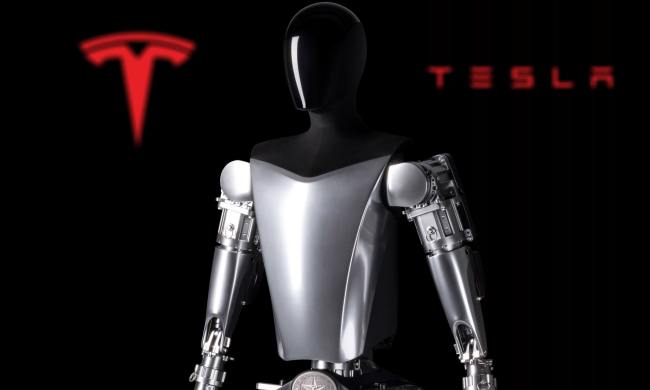
You don’t have to be able to see in the dark if your car can do it for you. And with the new headlamp technology from Mercedes-Maybach, cars may soon be able to do just that. Meet Digital Light, which promises a “virtually dazzle-free main beam in HD quality and a resolution of more than two million pixels.” The feature will soon go into small series production in the Mercedes-Maybach S-Class vehicles.
Making its debut at the Geneva Motor Show, Digital Light is no ordinary lamp. Rather, this technology promises to facilitate driving assistance and communication with its driver, and most importantly, seeks to create the perfect lighting conditions regardless of driving scenario. But your safety won’t come at the expense of others — unlike other high-definition light beams, which can blind oncoming drivers, Digital Light claims to minimize the risk of dazzling other roadsters.
”With a resolution of over one million pixels per headlamp, Digital Light not only creates ideal light conditions for every driving situation; it also extends the visual support from our driving assistance systems,” said Ola Källenius, Member of the Board of Management of Daimler AG, and responsible for Group Research and Mercedes-Benz Cars Development.
Key to the HD-quality headlamp is a chip that boasts more than a million micro-reflectors. That means that a vehicle outfitted with this technology has no fewer than two million of these micro-reflectors total. Select cars will also have cameras and sensor systems to detect oncoming traffic, as well as computers to analyze the data and send the headlamp the appropriate command for an ideal lighting situation. That means that you’re not just toggling between high and low beams, but rather allowing your car to “see” on your behalf, even in the dead of night.
Digital Light also offers a number of other unique functions, like Guide Lines, which will project two two trails of light corresponding to the width of the car when driving through a construction site, or any other scenario that is difficult to navigate. Or there’s the Extended Pedestrian Mark, in which Digital Light points an arrow toward any pedestrian who is detected in the so-called danger zone near the road.
Vehicles equipped with Digital Light are further able to warn drivers about risky driving situations and can provide relevant information — for example, if a car is swerving between lanes or potentially heading toward oncoming traffic.
Customers will be able to check out the first Digital Light vehicles in the first half of the year.


